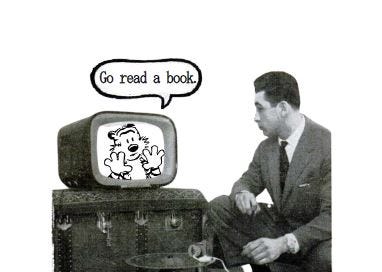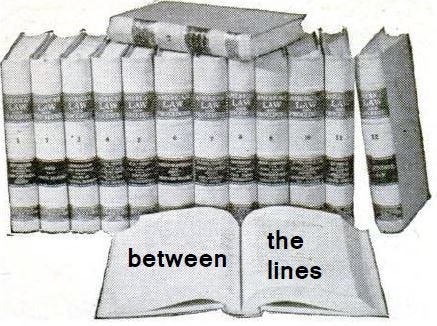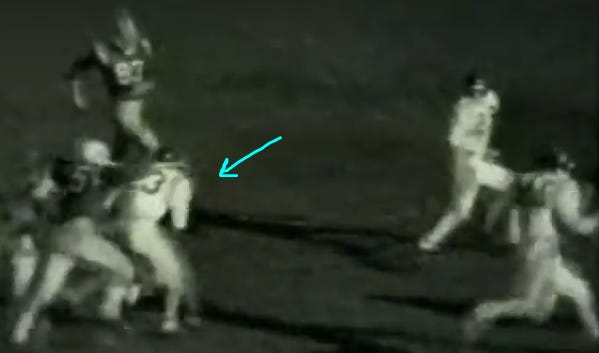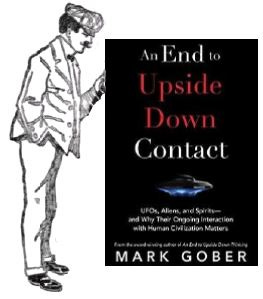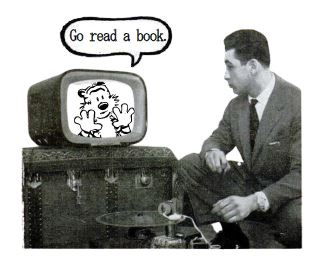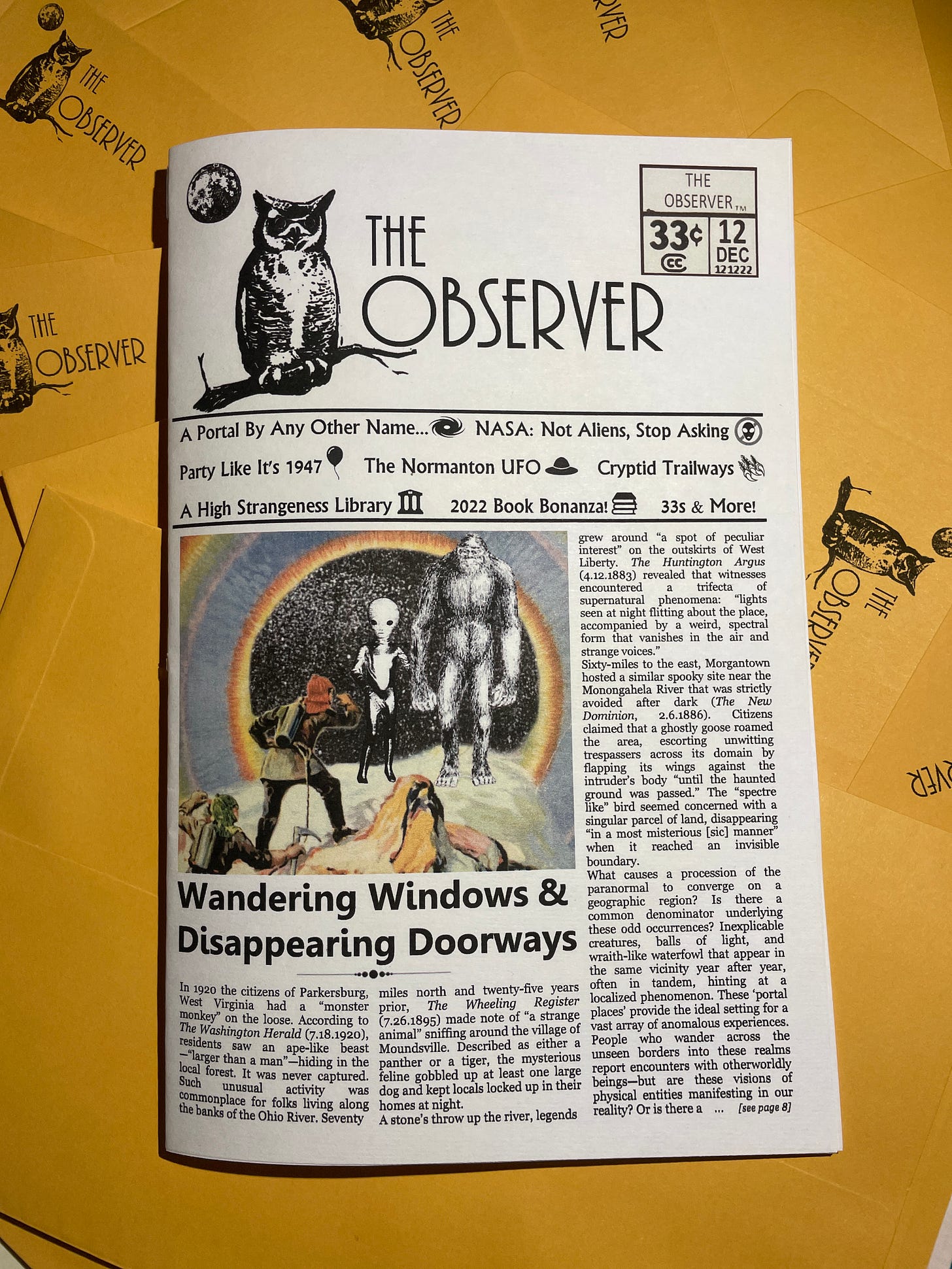Synchronicity and Otherworldly Contact
Day-old books reviewed: Meaningful Coincidences, An End to Upside Down Contact
Meaningful Coincidences: How and Why Synchronicity and Serendipity Happen
by Bernard Beitman, M.D., 208 pgs., 2022
Dr. Bernard Beitman is an accomplished author and psychologist, known for his research into the realm of synchronicity. In Meaningful Coincidences he examines the phenomenon and the people who experience it, providing a useful guide to the extensive world of “Godwinks.”
While the existence and nature of these “happy accidents” are up for debate, we could argue that a coincidental series of interconnected events was responsible for our review of this book.
The other day we randomly checked in on the Dreamland podcast to see what host Whitley Strieber had made of the former Art Bell show. We chose the episode with Dr. Beitman because we recognized his name from comments he made on our article about the psychosphere. As luck would have it, he was on the show to discuss his new book, just as we happened to be looking for candidates to review for our 2022 Book Blitz. Coincidence? Maybe.
According to Dr. Beitman, synchronistic events converge “in a surprising, unexpected, and improbable way that seems to have significance for the person experiencing it.” His podcast appearance was surprising and unexpected, but certainly not improbable. We selected Beitman’s episode for personal reasons and were rewarded with another book for this article, so there was a degree of significance attached to the occurrence—but does this minor example count as an actual coincidence?
His newest work weighs these happenings as being simple byproducts of probability against the prospect that they’re purposeful and manufactured. Is there a guiding force directing sequences of meaningful events? Perhaps. But Dr. Beitman also believes that “we have some degree of responsibility” for the way synchronicities unfold. Regardless of who or what causes these interactions to occur, their ultimate importance is determined by the “coincider.” While this makes the phenomenon seem exclusively subjective, there are categories of coincidence that can be objectively verified.
A section in Meaningful Coincidences refers to the notion of seriality—a phenomenon whereby similar events or objects are consistently noticed by an individual. (Like someone noticing the number 33 everywhere...) While reading the book, we encountered a chain of corresponding events that might qualify as an example. Early on, Dr. Beitman admits that much of the evidence in favor of the phenomenon is anecdotal. Coincidentally, we came across this section mere seconds after having read an article in Skeptical Inquirer about the merits of anecdotal evidence—and both publications printed the same quote: “The plural of anecdote is data.” What are the odds of encountering this phrase, back-to-back, across entirely different sources? Was the universe trying to tell us something? Did a random set of circumstances cause the same arrangement of words and ideas to surface in our vision just minutes apart? Or do we just need to start reading books that don’t relate to supernatural subjects? (It’s probably the last one.)
Dr. Beitman acknowledges that the “Law” of Truly Large Numbers dictates that even seemingly rare events with 1:100 trillion odds are bound to happen within a big enough sample size—monkeys with typewriters pounding out Shakespeare and all that—but he doesn’t accept this rule as a solid answer for truly coincidental experiences. Genuine synchronicity isn’t just about the occurrence of highly improbable events—it’s about their significance and impact on the coincider. When these stars align, the result can’t be explained by statistical models.
After exploring ideas about fate vs. luck for decades, Dr. Beitman’s fluency and enthusiasm for the topic is obvious. His latest release is more than a primer, but it remains accessible to readers who don’t have a lot of preexisting knowledge.
Scroll halfway down this page to check out the good Dr.’s football footwork in action. He mentally saw himself taking an opening kick-off all the way to the house, and sure enough, that’s exactly what he did. We wonder if he also visualized all the defenders’ ankles he was going to break along the way?
An End to Upside Down Contact
by Mark Gober, 274 pgs., 2022
Author and podcaster Mark Gober is convinced that people are making contact with different “nonhuman intelligences.” In Upside Down Contact he details the various modalities used to interact with humanity and asks an all-important question: Why do they even bother?
Gober is a board member of Dr. Edgar Mitchell’s Institute of Noetic Sciences, so it’s not surprising that he rejects materialist views of the world for a shared, “One Mind” idea of reality. This collective psychosphere is also home to hidden entities that dwell alongside us: “Whether they exist as multi-dimensional spirits, physical aliens from other planets, or other species … we’re still part of the same consciousness.”
The book references all types of supernatural exchanges—from near-death-experiences to alien abductions—as proof that invisible beings exist and are trying to communicate with humans. Automatic writing, Ouija board messages, and remote viewing are all accepted as ways to get in touch with the unseen realm, but the author fails to critically discern between the merits and limitations of each method. Gober readily believes that these encounters illustrate “a plethora of contact with a spectrum of nonhuman[s],” and frequently points to the volume of witness testimony as evidence of the phenomenon’s reality: “The examples begin to pile up, one after another, to the point where it’s difficult to deny that contact is real and we’re not alone.”
We agree that centuries of anecdotal accounts suggest something strange is happening to people, but Gober uses the data to draw strong conclusions involving “a multispecies, multidimensional spiritual war between Good and Evil.”
While discussing the link between psychedelics and nonhuman communication, the book touches on Dr. Rick Strassman’s 1990s experiments involving DMT. It stood-out as a fascinating reminder of how many volunteers reported experiences similar to those described by alien abductees. A large number of DMT day-trippers had visceral encounters with strange creatures that were often examining or probing them in a hospital-like setting. It made us wonder whether they might have been tainted by the setting of the experiment itself—Strassman injected his 60 volunteers with DMT in an institutionalized environment under clinical conditions—maybe participants simply replayed distorted versions of these situations while under the spell of a hallucinogenic substance.
Gober’s latest work suffers from the absence of a unifying argument. The author throws out a lot of disparate concepts in hopes that the reader will assemble a larger narrative on their own. It’s like he dumped a mound of puzzle pieces onto the table without providing an idea of how the finished product should look. At times, we weren’t even sure that the pieces were part of the same puzzle.
These intelligent creatures might be good, they might be bad—they might be both. Physical or psychical? Aliens in spaceships or entities in the ether? Byproducts of drug-induced hallucinations or flesh-and-blood reptilians bent on human hybridization? The book doesn’t go further than laying out the usual suspects. It fails to advance a cohesive contention about how they’re related, or what impact they’ve had on our spiritual or cultural development. Maybe his point is that different avenues of contact allow for communication with distinct types of entities—but he doesn’t raise these speculations in the text. The reams of information he brings together are never fully synthesized. The author seems to think that creating awareness is enough: “Simply knowing about their existence is valuable because it helps us better understand the reality in which we operate.”
The platitude sounds nice, but we don’t see how this knowledge will help put “an end to upside down contact.”


